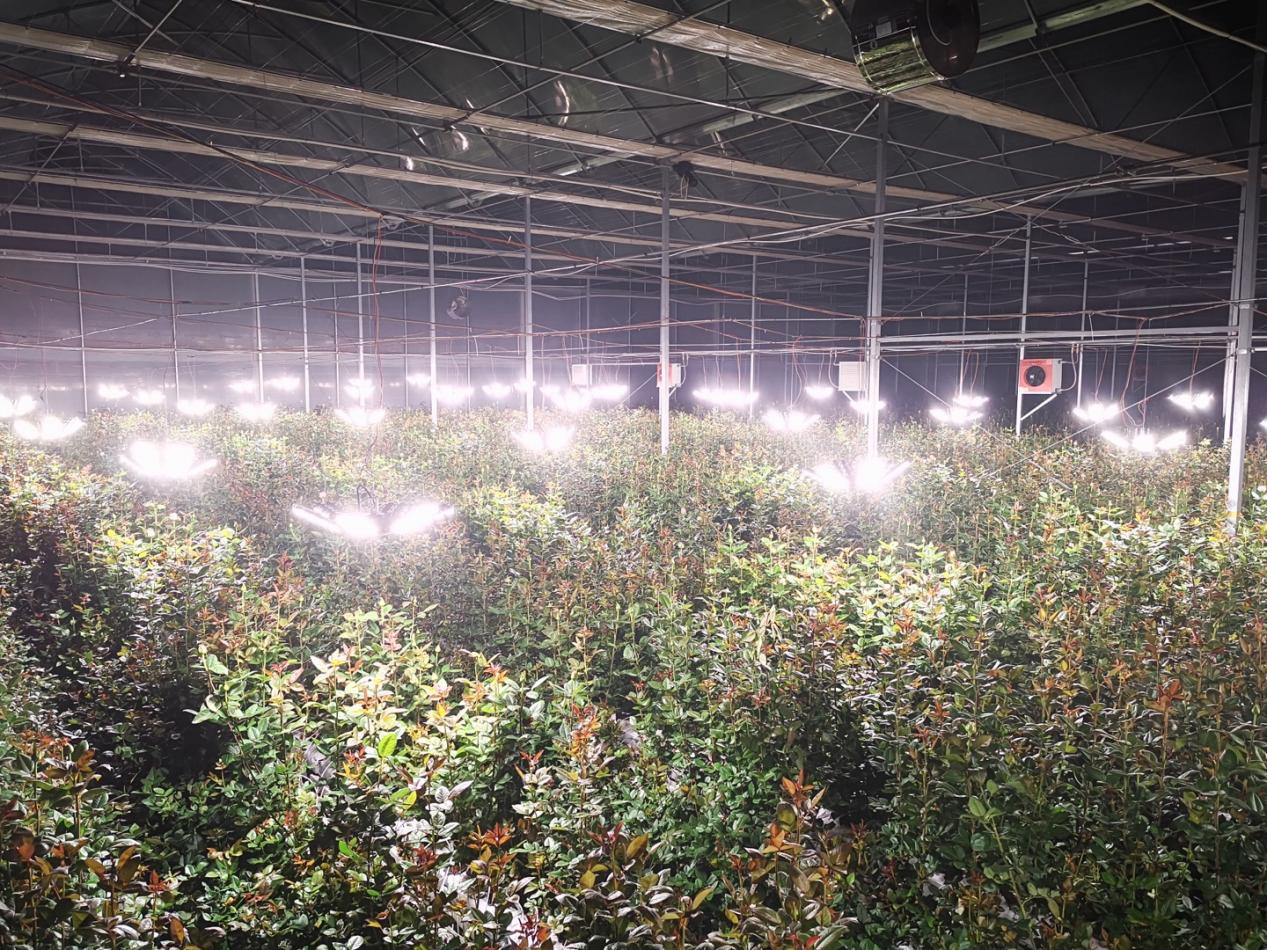Sansi LED: Sustainable LED Lighting and Integrated LED Display
Delivering premium and professional LED Display, LED Lighting, Smart City Integration solutions, trusted by over 60,000 companies worldwide everyday. From industrial lighting to commercial lighting, from outdoor advertising to XR & VR production, Sansi LED greatly improves the quality and sustainability of your business with 30 years of expert experiences.

LED grow lights have become increasingly popular among gardeners and plant enthusiasts, thanks to their high efficiency, energy-saving benefits, and longer lifespan compared to traditional lighting options. However, a common question—especially among those new to indoor gardening—is whether LED grow lights can burn plants. More importantly, how can you prevent it?
How LED Grow Lights Work
LED (Light Emitting Diode) grow lights emit specific wavelengths of light that promote photosynthesis. Unlike conventional fluorescent or incandescent bulbs, LEDs can better simulate natural sunlight by providing the red and blue light spectrums essential for plant development. That said, the intensity and heat output of some LED models can still pose risks if not managed properly. So, can too much light cause damage?
Can LED Grow Lights Burn Plants?
While LEDs don’t produce the intense radiant heat of incandescent bulbs, improper use can lead to “light burn.” Symptoms often include yellowing or browning leaf edges, dry patches, or even bleached spots. This type of damage typically results from excessive light exposure or placing the fixture too close to the plant.
How to Prevent Light Damage with LED Grow Lights
Choose the Right Equipment
Selecting a suitable LED grow light is the first step toward success. With various models available, focus on the spectrum and wattage that match your plants’ species and growth phase. For example, red and blue spectrum LEDs are excellent for stimulating growth and flowering, as they deliver the wavelengths plants use most efficiently during photosynthesis.
Control Light Distance
Keeping a safe distance between your plants and the LED lights is key to avoiding light stress. A good rule of thumb is to position lights about 30–60 cm (12–24 inches) above the plant canopy. Adjust this based on the light’s wattage and your plants’ sensitivity—seedlings, for instance, do better with more distance.
Adjust Light Exposure
Plants have different light needs throughout their lifecycle. Seedlings generally thrive with about 12 hours of light per day, while mature plants can handle 15–18 hours. Tailoring the photoperiod helps maximize growth while reducing the risk of overexposure.
Regularly Monitor Plant Health
Stay observant. Check your plants frequently for early signs of stress, such as faded or curling leaves. If you spot trouble, quickly adjust the light intensity, duration, or distance to prevent further damage.
Utilize Smart Control Devices
Modern technology offers convenient solutions for precise light management. Smart LED systems with built-in timers and light sensors can automate intensity and duration adjustments based on your plants’ needs, helping prevent human error and over-lighting.
By utilizing LED grow lights in a scientific and reasonable manner, we can establish an optimal growth environment for plants and reap abundant harvests. It is hoped that these suggestions will assist every gardening enthusiast in ensuring their plants grow healthily and robustly.
-
NO DATA
